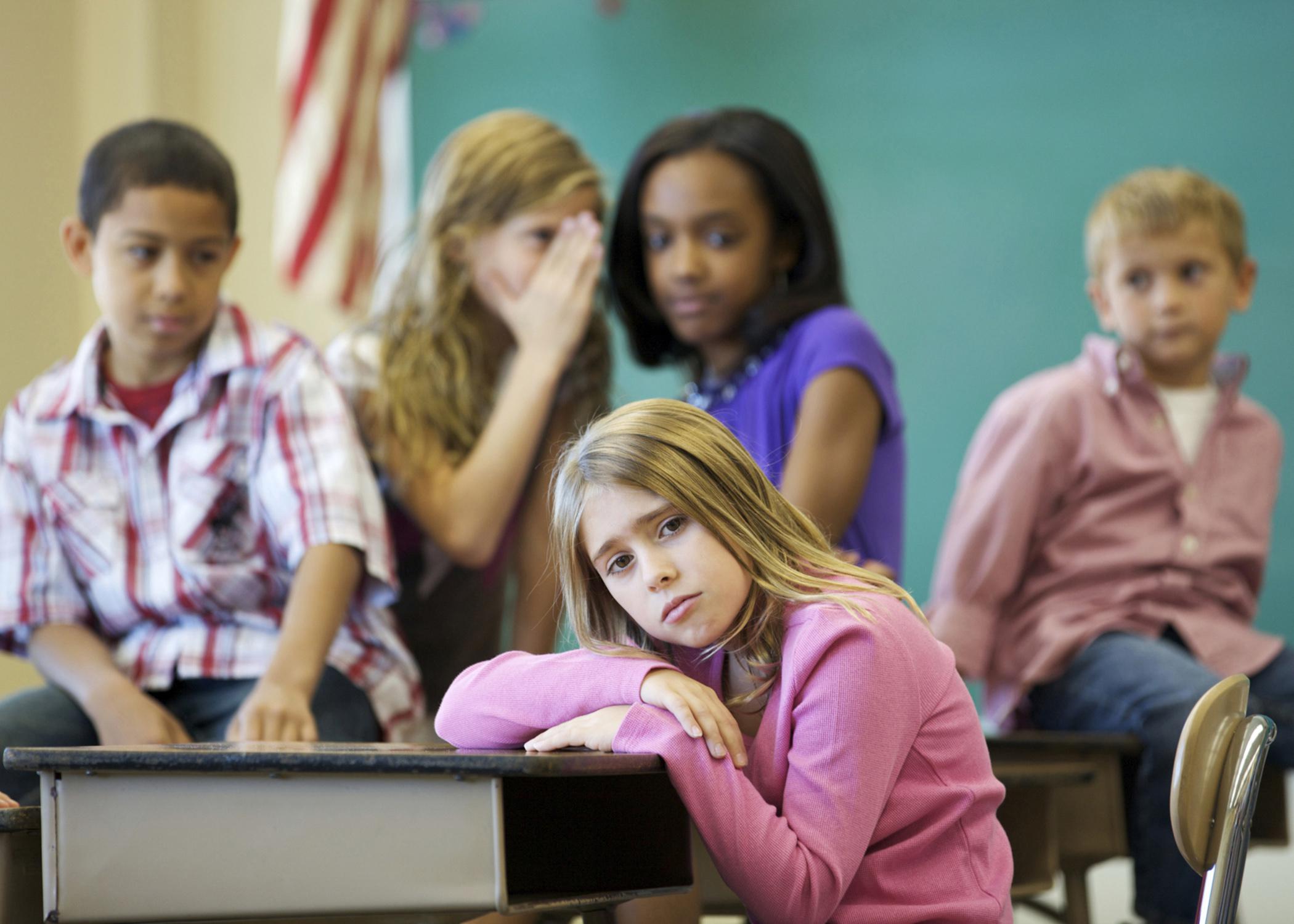Information Possibly Outdated
The information presented on this page was originally released on July 12, 2013. It may not be outdated, but please search our site for more current information. If you plan to quote or reference this information in a publication, please check with the Extension specialist or author before proceeding.
Bullying has lasting effects on all involved
JACKSON -- Playground antics, such as teasing, hitting, or name-calling, may seem just a harmless rite of passage, but when playing turns into bullying, it can cause serious, long-term effects for everyone involved.
Bullying is a dangerous form of youth violence that involves repeated, aggressive behavior with a real or perceived imbalance of power between the bully and the victim. Bullies create this imbalance of power by using their popularity, physical strength or embarrassing information to manipulate or harm the victim.
Carla Stanford, child and family development agent with Mississippi State University’s Extension Service in Pontotoc County, said this type of harassment should not be ignored.
“Bullying can cause emotional damage, and not just for those who are bullied,” Stanford said. “It can affect parents, teachers and peers indirectly. Even kids who bully are affected in many ways.”
In fact, the U.S. Centers for Disease Control now considers bullying a public health problem because of its prevalence among young people. A 2011 nationwide survey by the CDC found 20 percent of high school students said they were bullied on school property, 16 percent said they were bullied electronically and 23 percent reported witnessing bullying on a daily or weekly basis. More middle school students reported bullying than did high school students.
Bullying can begin in elementary school, and timely intervention is important, said Jennifer Russell, MSU Extension child and family agent in Leflore County.
“Children who show chronic patterns of aggression by age 8 are more likely to be involved in criminal behavior and family violence later in life,” Russell said. “They are also more likely to abuse their own children.”
Because of the negative effects bullying can have on all involved, it is important to stop the behavior early. But bullying doesn’t always happen in front of other children or adults, and cyberbullying can be hard to detect. Russell said parents should be on the lookout for behavior that may indicate their child is being harassed at school or online.
“An unexplained reluctance to go to school is a key sign that a child could be experiencing bullying,” she said.
Other signs include unexplained bruises, lost or torn clothing, fearfulness or anxiety, lack of friends, a sudden change in typical behavior or personality, complaints of physical ailments, loss of appetite, difficulty sleeping, and a sudden and significant drop in grades.
If parents catch harassment early, they can teach their children how to respond to aggression.
“Children should be assertive to the bully and leave the scene without violence,” Russell said. “Role playing is always a good way to show children how to respond to situations. Never tell children to strike back.”
If the harassment has been going on for a while or a child has been injured or threatened with violence, Stanford said parents should act immediately.
“Find out all you can about the situation and then take the appropriate action,” Stanford said. “Do not waste a minute. Go to the school, police, anyone until you get sensible and effective results.”
All types of bullying are prohibited by law in Mississippi, and all public schools have policies prohibiting bullying or harassing behavior.
The U.S. Department of Health and Human Services recommends talking to multiple sources, including adults and kids, to try to determine what happened. State law and school policy can help determine if the incident can be classified as bullying. Parents should document all incidents and attempts to resolve the issue.
Stanford said if the incident happened on school property or at a school function, contact school authorities, beginning with the teacher or principal. If the incident happened on social media or on an electronic device, report it to local law enforcement.
“The school could have some responsibility in addressing cyberbulling, but the police department or sheriff’s department are the primary places to report these types of crimes,” Stanford said. “Sometimes, the Federal Bureau of Investigation will even become involved.”
For more information on cyberbullying, refer to Extension publication 2587, Preventing Cyberbullying: A Resource Guide for Parents and Teachers. More information on all types of bullying can be found at http://www.stopbullying.gov, a website managed by the U.S. Department of Health and Human Services.





